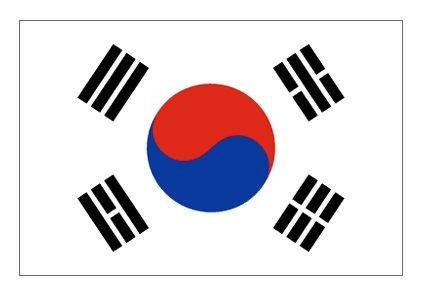Ms. Park-Brain Damage-(Korea)
 Name: Ms. Park
Name: Ms. Park
Sex: Female
Nationality: Korean
Age: 60Y
Diagnosis: 1. Brain Damage 2. Hypertension 3. Diabetes (type 2)
Treatment hospital/period: Wu Medical Center/17 days
Before treatment:
The patient had a cerebral aneurysm so she had surgery 6 months ago. The doctors did anticoagulant therapy and she had a subarachnoid hemorrhage. She had a secondary cerebral infarction, disturbance of consciousness and used a breathing machine. When her consciousness became normal she was unable to speak or move her limbs. 4 weeks later she had a tracheotomy and nasal feeding, she was able to breathe by herself, she also had catheterization. Two months ago she had PEG as she was unable to swallow. At present she has paralysis being unable to move any limbs, she can only move her eyeballs.
She has mental stress, upset and depression. It is easy for her to cry, she has problems with sleeping and is unable to control her urination or defecation functions. She has had hypertension and diabetes for many years.
Admission PE:
Bp: 140/81mmHg, Hr: 84/min, breathing rate: 18/min, body temperature: 36.6 degrees. She has normal physical development and her nutrition status was fine. There was no injury or bleeding spots of her skin and mucosa, no congestion of the throat and no tonsil swelling. Chest development was normal but the chest movement decreased when she was breathing. The breathing sounds of the lungs was clear with no rales. The heart beat was powerful with regular cardiac rhythm and no murmur in the valve areas. The abdomen was soft and flat with no masses or tenderness. Her liver and spleen were normal and there was no edema of the legs.
Nervous System Examination:
Patient was alert, mental status was fine, she had no speech and can’t complete the examinations of memory, calculation and orientation. Both pupils were equal in size and round, diameter of 2.0 mm, react well to light and the eyes can move freely but not on the right side. The bilateral forehead wrinkle and nasolabial groove are symmetrical, she could not lift the bilateral soft palate, can make tongue extend out to the lip on the side and she could not bulge the cheek. Her neck was soft, she could turn her head but she could not shrug. The 4 limbs muscle power was 0 degrees, grip force was 1 degree, the 4 limbs muscle tone were lower than normal. Left arm radial periosteal reflex and knee reflex were normal, other reflexes could not be induced. The bilateral Hoffmann sign, Rossilimo sign and Babinski sign were negative. She could not complete the sensory examination or perform the 4 limbs coordinated movement because of the weakness. The meningeal irritation sign was negative.
Treatment:
After the admission she received related examinations and received 3 neural stem cell injections and 3 mesenchymal stem cell injections to repair her damaged nerves, replace dead nerves with new injected stem cells, nourish nerves, regulate her immune system and improve blood circulation. This was done with rehabilitation training.
Post-treatment:
After 16 days treatment her sleep is better than before, her crying is reduced, swallowing function is better, she is able to eat some semi-fluid food through the mouth and she can make some vocal sounds. Her arms are able to raise above the bed 5 cms. The arm muscle power has increased 30%, and the grip power has increased 20%. She is able to bend her knees and move her legs and toes. The muscle power of her legs has increased 30%.
